‘The long commute is worth it – the stress melts away when we’re home’
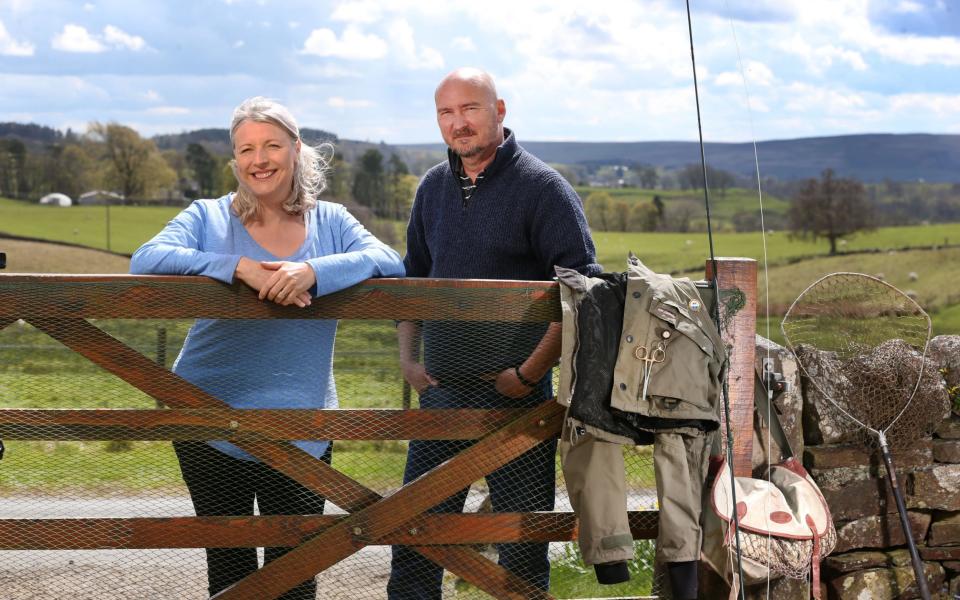
Sarah and Patrick O’Connor bought their cottage in Northumberland National Park – home to Europe’s largest expanse of dark-night skies – in 2006.
Once a Presbyterian schoolhouse, the property had lain empty and become a ruin before the previous owners renovated it into a holiday cottage in the 1980s.
Although they were living and working in and around Gateshead – Sarah as a teacher, Pat for Nissan – they immediately fell in love with the property on the first viewing.
“It meant we both had long commutes, but by the time we reached Bellingham [on the border of the national park] it was worth it: you could feel the stress falling away,” said Sarah.
In 2007, the O’Connors applied for planning permission to add a sun room extending out from the kitchen. Assuming it would be a challenge, they braced themselves for what lay ahead.
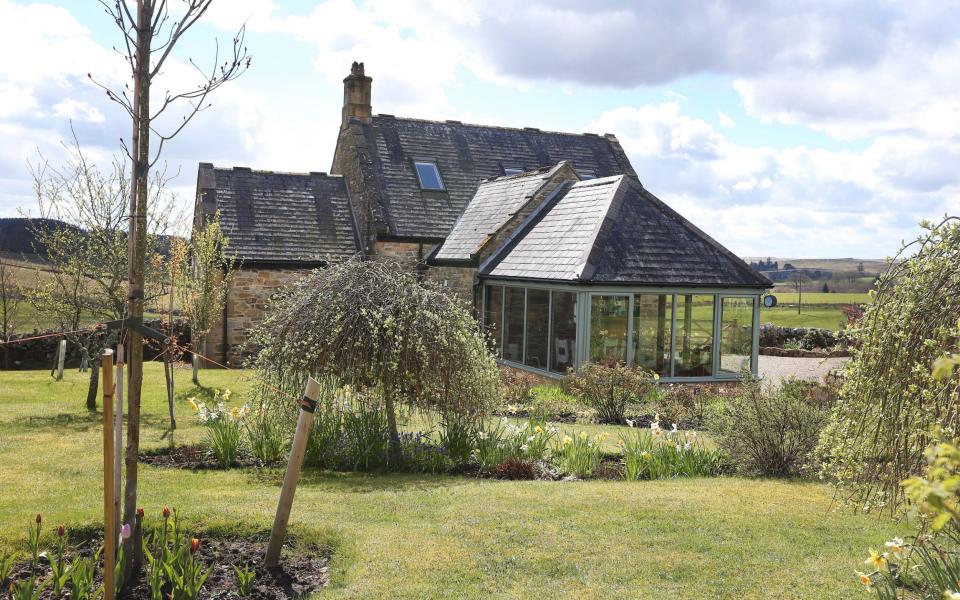
“In the end, we were surprised. It was a dialogue, not a battle, and we got what we wanted.”
The views from the extension look out down the valley to a nearby church and the surrounding fells. The 0.3-acre garden was a field when they first arrived but has since been transformed, including the addition of an orchard planted with cherries and apples.
“When we’re not in the garden, we sit in the sun room and look at the view. The seasons change but thanks to the National Park status, the view never will. At night, there’s no need for a telescope, you can see the stars and planets so clearly.”
Prices here are, on average, 60pc higher than those outside of the park boundaries. The couple have put the cottage on the market for £425,000 with Finest Properties as they are moving to be closer to family in Gateshead.
“We’ve loved living in the national park for the past 18 years and will have memories to treasure for a lifetime,” said Sarah.
National parks were the brainchild of Sir Arthur Hobhouse, a solicitor turned politician. Having been appointed to chair a national parks committee, his report formed the basis for the Countryside Act of 1949.
Of the 12 parks he proposed, 10 were implemented in the 1950s while the remaining two, the New Forest and the South Downs, were designated in 2005 and 2010 respectively.
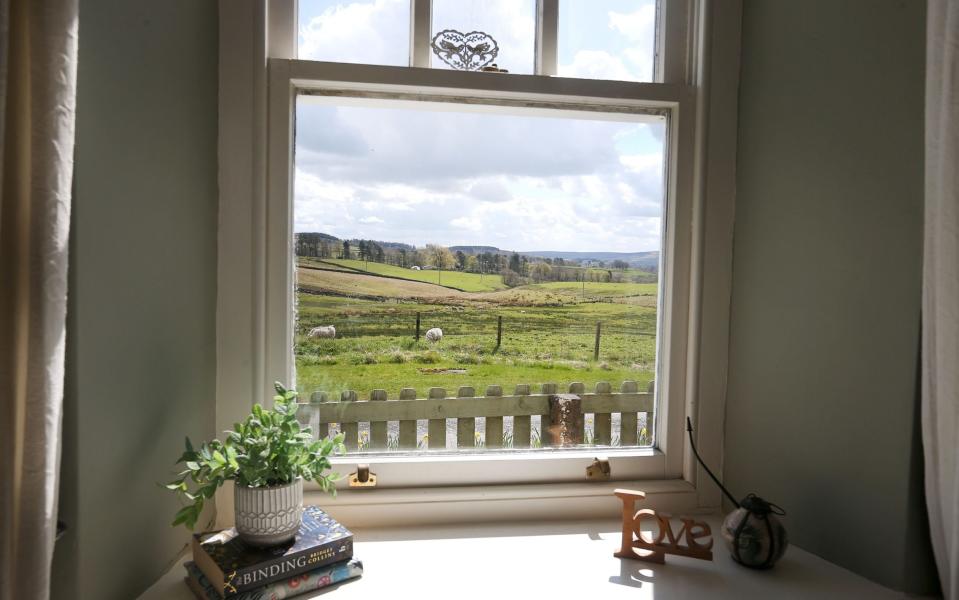
Currently, Britain’s national parks attract an estimated 90 million visitors a year, who spend more than £4bn – but there are plans to create an 11th national park in England, along with additional parks in Scotland and Wales.
National parks form part of a set of “nature pledges” giving greater access and protection to the countryside. Areas currently under consideration are thought to be the Chilterns, Cotswolds and Dorset. The process could take up to five years.
But some locals have met the announcements of new parks with mixed feelings. Among these is a concern about the pressure on local services and how house prices might soar.
Research by Savills suggests their concerns are real, and that second-hand sale prices in national parks are roughly one-and-a-half times higher than the surrounding counties in which they sit.

The average price of a property sitting within the boundaries of a national park was £422,225 in the year to October 2023, compared to a county average of £279,171.
Price differences can be much more dramatic. Properties in the New Forest and the Lake District are more than double the price of the average price in the same county.
“Over the past couple of years, as buyers have reevaluated their priorities, we’ve seen a surge in interest in living among greenery or being able to access green space,” said Frances McDonald, director of research for the estate agency.
Like the O’Connors, there are still lots of buyers who are more than willing to stump up the extra cash.
‘We open the back door and head straight into the Downs’
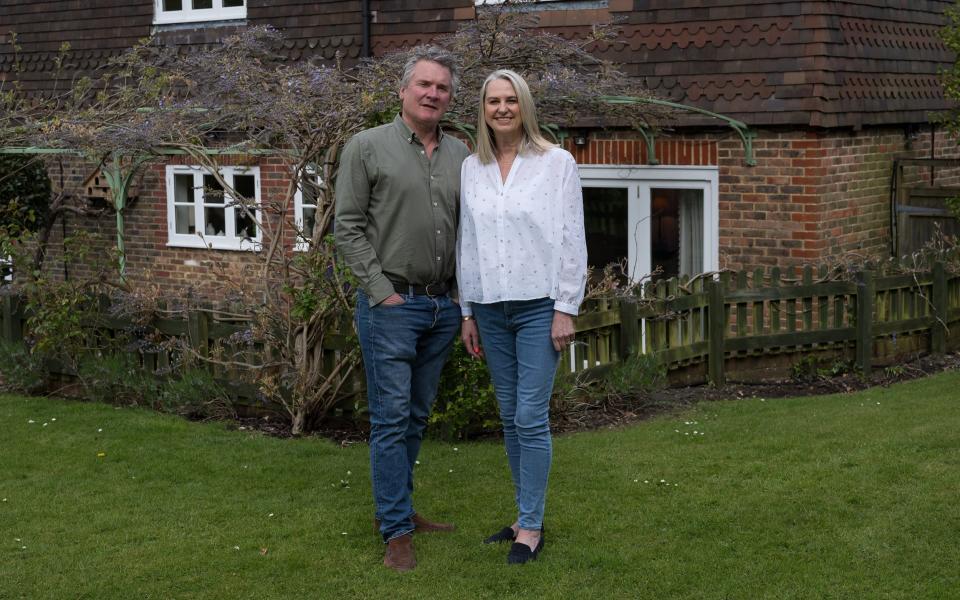
Steven and Liz Pearce bought their house in Westmeston, a few miles west of Lewes, East Sussex, just before the South Downs became a national park. They are relieved that the village is protected from development.
Just a few miles away, on a 5,000-acre parcel of land owned by Eton College, developers want to build a new town of up to 3,250 homes. The proposals, first announced in 2021, were rejected in October last year by planners.
“The Government has some serious targets to meet when it comes to building new housing,” said Mr Pearce. “It seems to happen so often without adequate investment in local infrastructure such as schools and services. We’re lucky we don’t have to worry about that happening here.”
Their five-bedroom house, with its red-brick and decorative tile-hung elevations, was originally a pair of farm cottages which were then extended during the Victorian era. There are views up to the South Downs from the triple-aspect main bedroom.
“It’s big enough so we haven’t had to enter into any battles with the planners,” said Liz.
“The bonus of living here has been the fact that we open the back door and head straight up into the Downs,” added Steve, who uses the rolling hills as a training ground for running marathons.
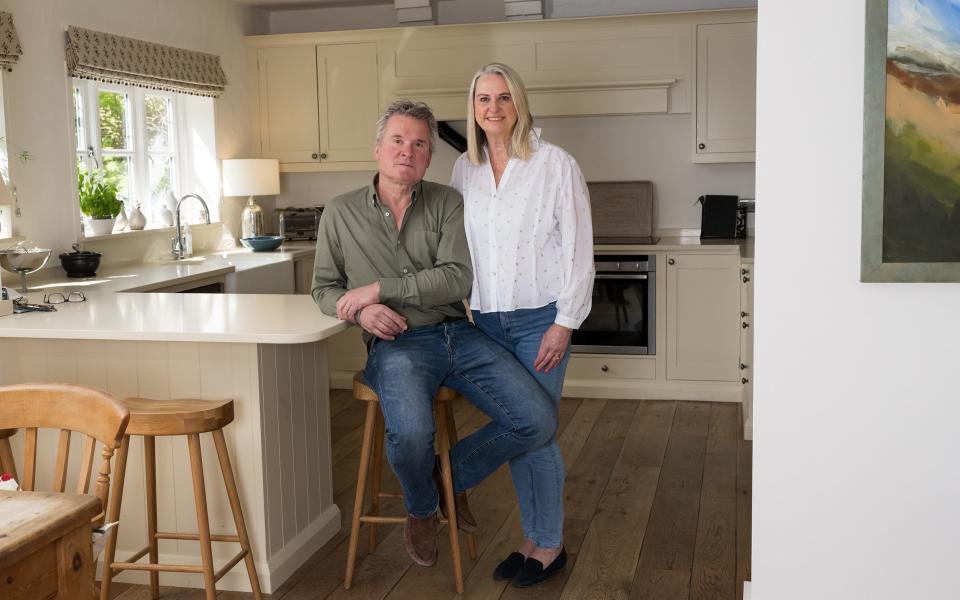
Unlike many national parks, living in the South Downs doesn’t immediately equate to complete isolation. The Pearces, based quite close to the edge of the area, can be at Hassocks station in 10 minutes, which has trains to London Victoria or London Bridge in 55 minutes.
With a couple of holiday lets in the village keeping them connected to Westmeston, they are now selling the house, which is on the market with Strutt & Parker in Lewes for £1.495m.
Richard Winter, who runs his own buying agency covering Surrey and Sussex, said: “There are people who prefer to be closer to civilisation, regardless of whether or not that means being at the mercy of new developments on the doorstep.”
Others want to be deeply ensconced. Winter has just bought a property for a client who stipulated they only wanted to live within the national park.
“I’d say parents with young children might be ones who’d think twice about living in the middle of the South Downs: it means they’ll have to be in the car a lot ferrying their children to and from things.”
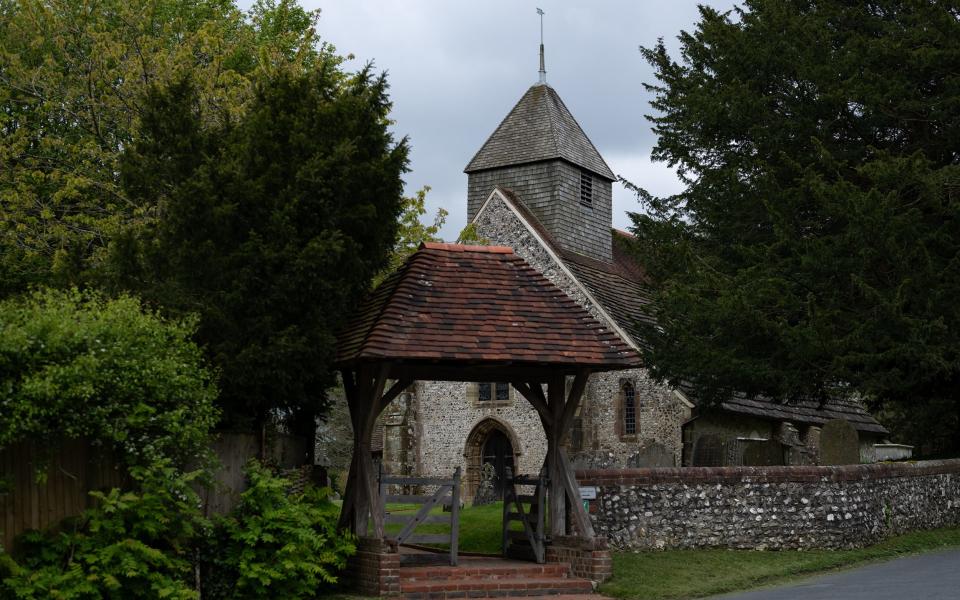
Ed Clarkson works for Property Vision, a buying agency. He lives 100 yards outside the boundaries of Exmoor National Park in Devon. “And that was a strategic choice,” he said.
“We can turn left out of our house and be on open moorland within minutes, which is brilliant for walks with the dogs. But if I head in the opposite direction, I can also take the children to school and be at work easily. Living on top of the moor [in the middle of the park] adds 45 minutes to the journey.”
Clarkson adds that he also benefits from a less stringent planning authority. He would think twice about advising any of his clients to buy in a national park if they were planning on knocking down an existing property and building a very modern new house.
“Having said that, I’ve come across architects who manage to secure extraordinary permissions. It’s not impossible; you just have to know the right people.”

Bear in mind that some national parks have specific rules, regulations or quirks. The Duchy of Cornwall owns the freehold for a substantial number of properties within Dartmoor National Park, explains Nigel Bishop of buying agency Recoco Property Search. “They do grant leases, but tend to be only 25 years long,” he explained.
“These can be renewed at a considerable cost of around 30pc of the property’s freehold value. As a short lease, lenders are often unwilling to support this transaction which means that homeowners need to be able to access the required amount in cash.”
Outside of these adjustments, there’s very little not to like about living in a national park, argues Winter. “If you’re going to be worried about the restrictions of owning a house in a beautiful landscape and surrounded by nature then you’re probably not the right buyer.”
The overriding benefit is the reassurance that the view from the window will remain the same for the next hundred years.
“If you fast forward another 20 years, I can only imagine the countryside getting busier and busier so these national parks are going to become ever more important havens,” added Clarkson.
Further National Park houses for sale
A remodelled and extended house in an exceptional setting, nestled in the Meon Valley between East and West Meon, in the South Downs National Park. The River Meon meanders past the house and livestock roam in nearby fields.
An iconic Grade II-listed Georgian mansion in a remarkable woodland setting, this stunning residence is a truly remarkable proposition. The manor house offers five lavish bedrooms and four reception rooms spread over three floors. Colby Lodge also benefits from a self-contained two-bedroom annexe. The house also has a 7-bay cellar.

 Yahoo Finance
Yahoo Finance 